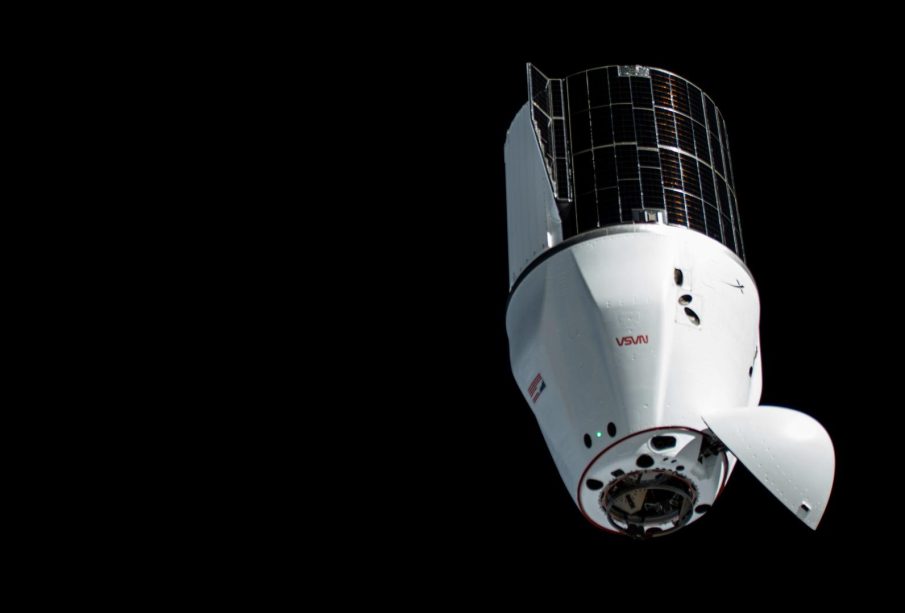The SpaceX Dragon Program: Innovations in Space Travel

Introduction
SpaceX Dragon has become a pivotal player in modern space exploration and commercial space travel. Developed by SpaceX, a company founded by Elon Musk, the Dragon spacecraft series is designed to transport cargo and crew to the International Space Station (ISS) and beyond. Its significance lies not only in its successful missions but also in its potential to lower costs and increase accessibility to space.
Recent Developments
Since the launch of its first Dragon spacecraft in 2010, SpaceX has achieved numerous milestones. As of October 2023, SpaceX has completed over 30 successful resupply missions to the ISS under NASA’s Commercial Resupply Services program. The most recent, CRS-29, launched on September 6, 2023, bringing essential supplies including food, research materials, and equipment to astronauts aboard the ISS.
An important milestone was reached in May 2020 when the Crew Dragon variant, named Endeavour, successfully transported NASA astronauts Robert Behnken and Douglas Hurley to the ISS on the Demo-2 mission. This marked the first crewed launch from U.S. soil since the Space Shuttle was retired in 2011 and opened a new chapter in manned spaceflight. Following this success, Crew Dragon has continued to transport astronauts to the ISS regularly, demonstrating its reliability.
Technological Innovations
The SpaceX Dragon spacecraft is notable for its advanced technology, including automated docking systems and reusable components, which significantly reduce the cost of space missions. The reusable Falcon 9 rocket, used to launch Dragon, has set a new standard in the aerospace industry with its ability to be flown multiple times.
Additionally, the spacecraft is equipped with life support systems capable of sustaining human life for extended missions, making it a vital component of SpaceX’s plans for future interplanetary travel, including ambitions to reach Mars by 2026.
Conclusion
SpaceX Dragon’s contributions to space exploration are profound. The technology and innovations brought forth by this program not only enhance our current operations in low Earth orbit but also lay the groundwork for deep space exploration. As the program continues to evolve, it is expected to lead to more partnerships with space agencies globally and possibly usher in a new era of commercial space travel.
Readers can anticipate that SpaceX’s ongoing advancements in the Dragon program will contribute to significant developments in the future, potentially transforming how humanity explores beyond Earth.









